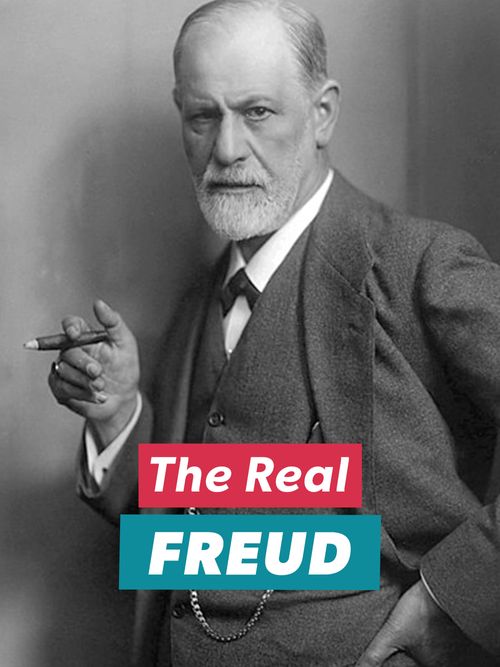Who was the real Sigmund Freud?
Jul 06, 2020 · 2 mins read
0
Share

The Netflix series Freud is entertaining. Its coke-snorting protagonist solves murders and works with psychics. But the series has as much in common with the real Sigmund Freud as Abraham Lincoln: Vampire Hunter has with President Lincoln.
Save
Share
Freud was a star student at school in Vienna, and his parents gave him special privileges, including a room of his own. His sister’s piano was banished from the house so he could work in peace.
Save
Share
Freud was set to study law at the University of Vienna, following his parents’ wishes. He changed his mind at the last minute, studying biology and physiology before specializing in neurology. He took 8 years to complete his degree, and when entering the world of work seemed in no hurry.
Save
Share
He slowly entered the field of neurology as a professional, writing scientific papers on speech disorders, the effects of cocaine as an anaesthetic, and child cerebral paralyses. But he was drawn to the mind, and shifted his interests to psychopathology. For a time he studied female ‘hysterics’ in Paris.
Save
Share
Freud’s ambition to be a renowned medical researcher came up against his desire to marry his fiancée Martha Bernays. To provide for her he had to get a job. At Vienna General Hospital he worked on brain anatomy, and a few years later set himself up in private practice.
Save
Share
In 1896 his father died, and in his grief he began a program of rigorous self-analysis. Over the next decade, through daily interaction with patients and his own research, Freud laid an intellectual foundation for psychoanalysis. He had shifted his attention beyond the physical brain itself to psychological issues.
Save
Share
Freud’s workload and family obligations were not too onerous, allowing him to mull over big questions, collect Egyptian statuary and read from his voluminous library in philosophy, mythology and literature.
Save
Share
Although he had some involvement with other doctors, Freud basically worked on his own for over a decade. He likened this period to time “down a mineshaft”: digging for facts, building tunnels between ideas and areas of knowledge.
Save
Share
The result was that the work which made his name, Die Traumdeutung, was not published until he was in his mid-forties. After finishing it, he wrote: “Insight such as this falls to one’s lot but once in a lifetime”.
Save
Share
It was only after the book was translated into English, 12 years later as The Interpretation of Dreams, that Freud’s fame began to grow. He was in his late fifties. His success provides a lesson: follow your fascinations, don’t hurry, and success will probably take care of itself.
Save
Share
0